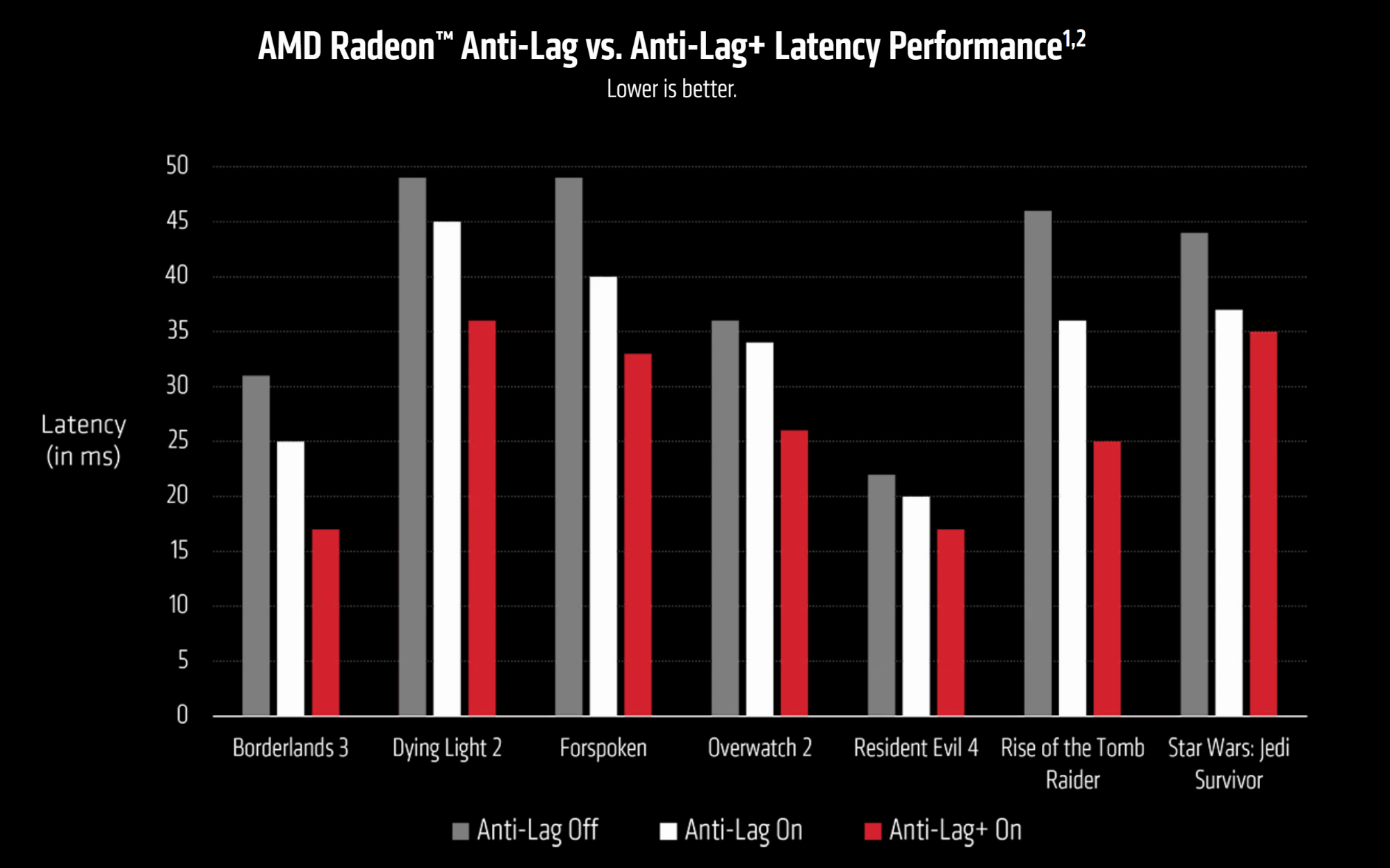erek
[H]F Junkie
- Joined
- Dec 19, 2005
- Messages
- 10,929
Ooo
“In addition to the Radeon RX 7800 XT and RX 7700 XT graphics cards, AMD announced FidelityFX Super Resolution 3 Fluid Motion (FSR 3 Fluid Motion), the company's performance enhancement that's designed to rival NVIDIA DLSS 3 Frame Generation. The biggest piece of news here, is that unlike DLSS 3, which is restricted to GeForce RTX 40-series "Ada," FSR 3 enjoys the same kind of cross-brand hardware support as FSR 2. It works on the latest Radeon RX 7000 series, as well as previous-generation RX 6000 series RDNA2 graphics cards, as well as NVIDIA GeForce RTX 40-series, RTX 30-series, and RTX 20-series. It might even be possible to use FSR 3 with Arc A-series, although AMD wouldn't confirm it.
FSR 3 Fluid Motion is a frame-rate doubling technology that generates alternate frames by estimating an intermediate between two frames rendered by the GPU (which is essentially what DLSS 3 is). The company did not detail the underlying technology behind FSR 3 in its pre-briefing, but showed an example of FSR 3 implemented on "Forspoken," where the game puts out 36 FPS at 4K native resolution, is able to run at 122 FPS with FSR 3 "performance" preset (upscaling + Fluid Motion + Anti-Lag). At 1440p native, with ultra-high RT, "Forspoken" puts out 64 FPS, which nearly doubles to 106 FPS without upscaling (native resolution) + Fluid Motion frames + Anti-Lag. The Maximum Fidelity preset of FSR 3 is essentially AMD's version of DLAA (to use the detail regeneration and AA features of FSR without dropping down resolution).”
https://www.techpowerup.com/312786/...motion-rivaling-dlss-3-broad-hardware-support
“In addition to the Radeon RX 7800 XT and RX 7700 XT graphics cards, AMD announced FidelityFX Super Resolution 3 Fluid Motion (FSR 3 Fluid Motion), the company's performance enhancement that's designed to rival NVIDIA DLSS 3 Frame Generation. The biggest piece of news here, is that unlike DLSS 3, which is restricted to GeForce RTX 40-series "Ada," FSR 3 enjoys the same kind of cross-brand hardware support as FSR 2. It works on the latest Radeon RX 7000 series, as well as previous-generation RX 6000 series RDNA2 graphics cards, as well as NVIDIA GeForce RTX 40-series, RTX 30-series, and RTX 20-series. It might even be possible to use FSR 3 with Arc A-series, although AMD wouldn't confirm it.
FSR 3 Fluid Motion is a frame-rate doubling technology that generates alternate frames by estimating an intermediate between two frames rendered by the GPU (which is essentially what DLSS 3 is). The company did not detail the underlying technology behind FSR 3 in its pre-briefing, but showed an example of FSR 3 implemented on "Forspoken," where the game puts out 36 FPS at 4K native resolution, is able to run at 122 FPS with FSR 3 "performance" preset (upscaling + Fluid Motion + Anti-Lag). At 1440p native, with ultra-high RT, "Forspoken" puts out 64 FPS, which nearly doubles to 106 FPS without upscaling (native resolution) + Fluid Motion frames + Anti-Lag. The Maximum Fidelity preset of FSR 3 is essentially AMD's version of DLAA (to use the detail regeneration and AA features of FSR without dropping down resolution).”
https://www.techpowerup.com/312786/...motion-rivaling-dlss-3-broad-hardware-support
![[H]ard|Forum](/styles/hardforum/xenforo/logo_dark.png)
